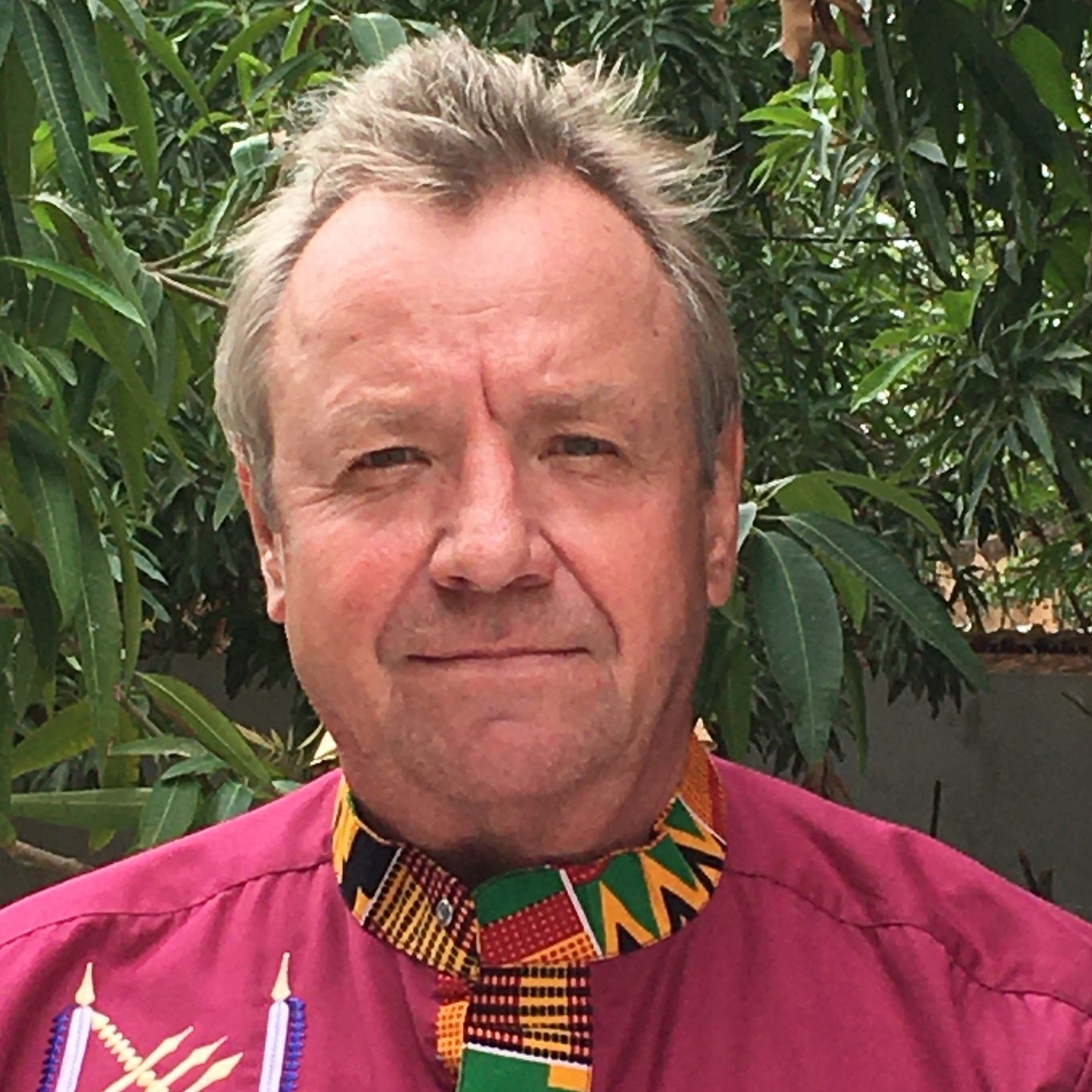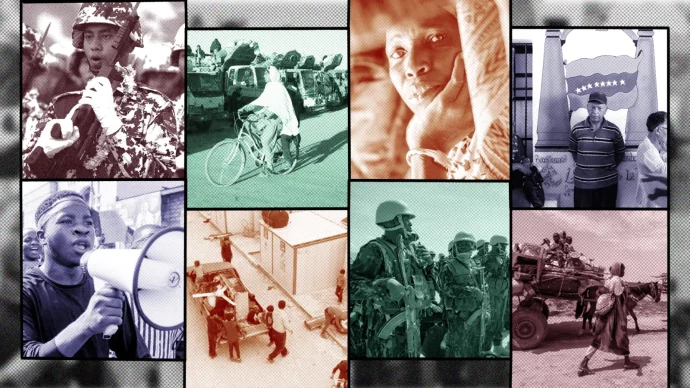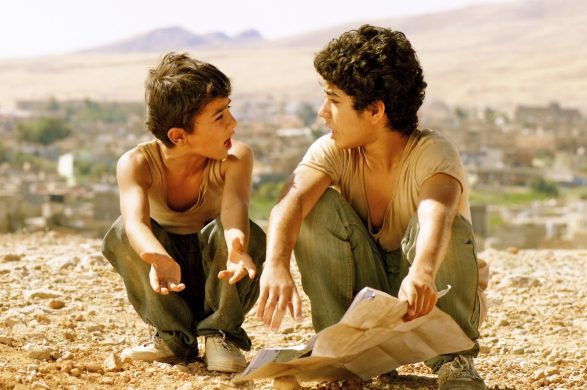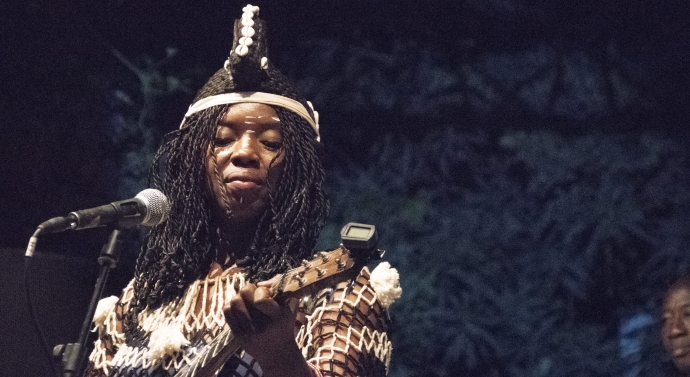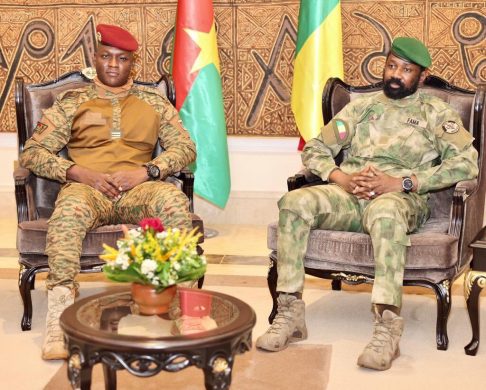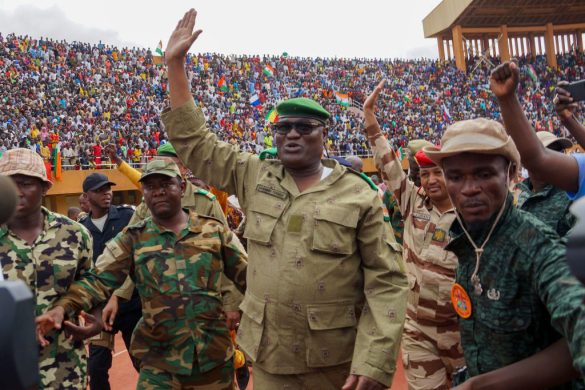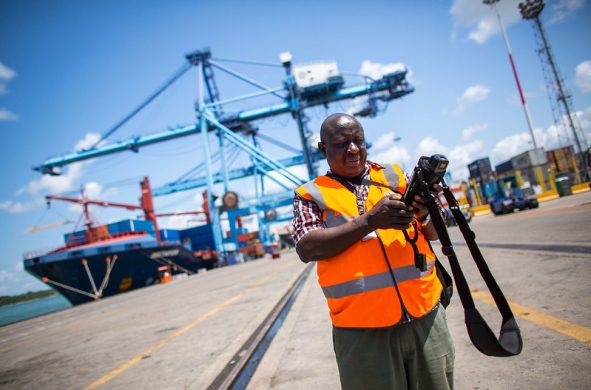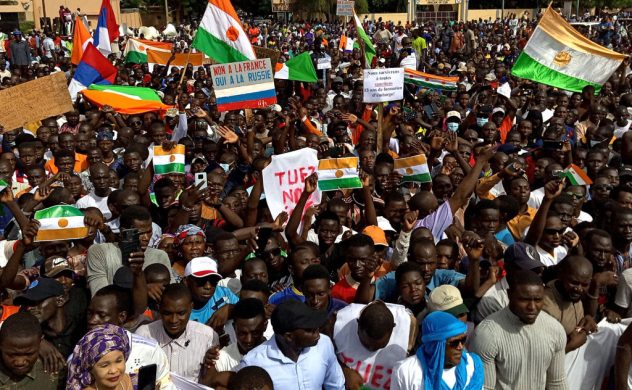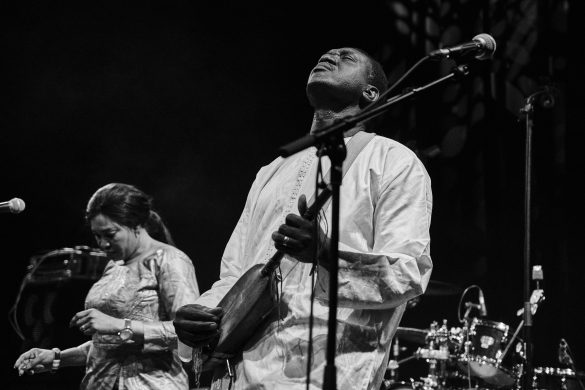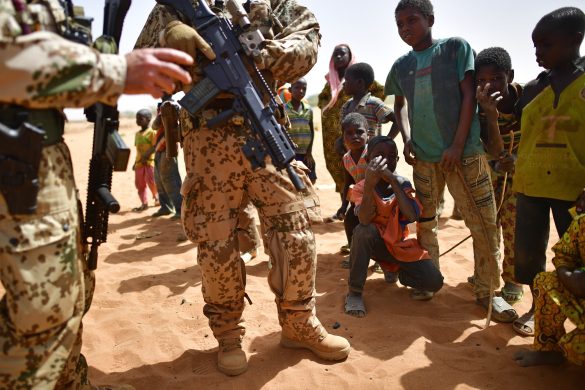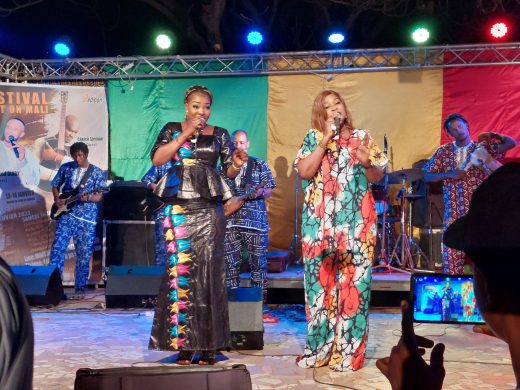TIBY, Mali: Africa is a rough continent. No doubt about it.
On the way in our Land Cruiser from the provincial town of Segou on the Niger River we suddenly catch sight of a man lying on the road, tossing and turning himself in his own blood.
He must have lost control of his small motorcycle and crashed into a road sign. A group of people surrounds him and wave frantically at us to stop the 4-wheel drive and help the man.
On the back seat Bocary Kaya, reflects a bit and then orders the driver, Sidibé to drive on. “If we stop we might get into serious trouble”. Kaya is the team leader of the Millennium Villages Project in this part of Mali and my guide on the trip here this half-desert West African country.
And he is right: The four-wheel drive signals that we are rich – we can afford to pay for the treatment of the victim. But if we do take the man to hospital we may risk being physically attacked even before we reach the hospital.
The big groups that always gather from out of nowhere when accidents happen are very likely to “misinterpret” the situation and see you – rich – as the culprit (skyldige). It happens all the time. And the general advice is: get the heck out of there, now!
Chokterapi
So, we pass the bleeding man in his great pain and Kaya reverts to explaining about the Millennium Villages Project in the “cluster” of Tiby village that we are on our way to visit.
Kaya is visibly proud of what has been achieved the latest four years and uses the word “success” over and over again.
He is particularly pleased with the idea of “shock therapy”, the brain child of the initiator of the project, Professor Jeffrey Sachs of Columbia University. Sachs’ basic assumption is that a massive injection of money and material and good advices will enable poor communities to lift themselves out of poverty within no time.
But Kaya stresses as equally important that the villagers of the Tiby cluster have been “sensitized to work within a project framework”.
“The villagers have learned to identify their needs before asking for money or assistance – unlike before when they approached donors more or less arbitrarily (på må og få) with very ambiguous ideas. Now they are able to pinpoint their needs and consequently in a lot stronger position to present a convincing project proposal. This is number one road to success”, Kaya says.
No doubt that the capacity to ask for the right money at the right time and place comes is very handy under these circumstances where Sachs and his Millennium Villages Project have brought along a big pot of money – not only to Mali but to 79 villages in 10 poor African countries.
Each village is to receive an injection of 300.000 US dollar per year in five years, so with a cluster of 11 villages only here in the Tiby area of Mali the money pot constitutes a very tangible financial intervention – at least in comparison with many other less “well-to-do” aid organizations working in this part of the world.
Donorer overalt
And the aid organizations, are all here – along the banks of the river Niger. Driving through the apparently endless rice fields you see their customary 4-wheel drive vehicles, signs and logos everywhere.
Other organizations engage in very similar projects to the Millennium Villages Project. They build and renovate schools, open health facilities, organize farmers and assist the farmers in purchasing fertilizers. They dig wells and sensitize the local population in a great variety of fields: the right diet, health care, HIV/AIDS prevention.
But according to Millennium Villages’ own web-site the difference between Millennium Villages and “the rest” is that “the progress within the Millennium Villages Project sites is likely to be faster and more inclusive, because the interventions are better financed, better delivered, and more systematically managed”.
It remains to be seen if the Millennium Villages intervention in this area turns out to be a crucial watershed event for the population. If it does it will come as a surprise to many people in the area.
Tiby has been a typical zone for intervention by development aid organizations for almost 80 years – ever since the French constructed the massive Markala dam across the Niger River a further 30 km north-east of Segou in the 1930’s.
Because of the dam water in this region is not exactly in short supply. So why did Millennium Villages choose this area as an intervention zone?
Går efter succes
Teamleader Kaya explains that the project in the selection phase concentrated on areas where success could be expected. “There is no reason to intervene in an area where failure is assured, is there?”, he asks.
And what about the poor villages further south, far away from the Niger River, in the arid areas outside the intervention zone of the Millennium Villages? Kaya: “Well, they must remain poor and wait until others come and help them”.
Kaya is hinting at one of the basic tenets of the Millennium Villages Project. The idea is not to lift everybody out of poverty here and now but to create a model project before 2015 – to show how it can be done elsewhere by employing the same method.
With the right measure of injection of money and material and advise poverty can be eradicated – everywhere! That is the overall philosophy! We arrive in the village of Tiby. Here the project has constructed a health centre with a maternity home, and supplies medicine and bed-nets and, not the least, the crucial malaria pills to the village of some 3,000 people.
Next door is the new depot for fertilizers and rice and the ‘Administrative Secretary”, of the local Association of “Millennium Villages Producers”, Mr. Ajamoussa Coulibaly, praises the project for having taught the farmers to organize themselves and to cooperate with each other.
The results are already obvious, he says. The fertilizers paid by the project enable the farmers to gain higher yields and produce a surplus that can be sold at a nearby market – unlike before when the farmers only produced for their own families and their subsistence.
Mad til skolens børn hver dag
We drive on to the village of Farakou where the project has built a brand new school. Six teachers teach more than 1.000 students in the six primary classes.
Before the project arrived in 2006 the school only consisted of an old dilapidated (nedslidt) and run down construction which is still visible next to the new school.
Mr. Seydou Guido, who has been the headmaster of the school for ten years, explains that before the project moved in the school only had occasional and few students attending classes.
But the project organized that some of the surplus rice production is used for feeding the school children. Parents volunteer to cook for the children every day. The result has been an enormous influx of children.
As our last stop before returning to the leafy town of Segou we visit the water project in the village of Kominé.
From a distance we can see the massive water tank towering above the village. Millennium Villages Project has financed and monitored the entire installation that connects the well and water tank to 12 taps around the village of 3.000 people. The villagers had to take the responsibility by making water committees for each of the taps.
So here in Kominé, where everybody has known each other for generations, the villagers have witnessed the very best piece of good news in living memory: fresh, clean and absolutely safe water.
Brådne kar alle steder
But, after only a few days of operations the project had to intervene once again.
All 12 taps in the village were locked and they now appear covered in heavy concrete surrounded by an intricate system of locks and keys and security covers. Only one responsible person in each water committee now has access to the taps and is responsible for the distribution of water.
The villagers turned out to steal the water from each other to save the 10 CFA (11 øre) per 20 litres – which was the price and the communal income intended for the maintenance of the water system.
Indeed, Africa is a rough continent!
FAKTA:
The Millennium Villages Project (MVP)
The brainchild of economist Jeffrey Sachs of Columbia University the MVP is a ten year project running through 2015, the deadline year for the UN Millennium Development Goals (MDG). The primary aim of the project is to achieve the MDG in project sites, as a contribution to the broader fulfilment of the MDGs.
Since its inception in 2005 the project has reached nearly 400.000 people in 79 villages across 10 African countries.
Each Millennium Village requires a total donor invest of 300.000 US dollar per year for five years. In-kind contributions and support coming from partner NGOs, national governments and the villagers themselves support the broader budget. One large donor is the Japanese government.
Interventions include: Fertilizers and high-yield seeds, long-lasting insecticide-treated bed-nets, school lunches to children, safe water points, women-empowering programmes, anti-retrovirals (ARV) for people living with HIV/AIDS, internet connections, local clinics, environmental sustainability programmes.
Lead partners in the project are The Earth Institute at Columbia University that carries out the research and development of cutting-edge science-based solutions, The Millennium Promise (a US non-profit organization) whose core activity is to raise funds from the private sector.
UNDP (United Nations Development Programme) is the actual implementing partner for the project.
Source: www.millenniumvillages.org
Journalist Lars Zbinden Hansen har indgående kendskab til vestafrikanske forhold og var i 2011 bosat i Togo.


